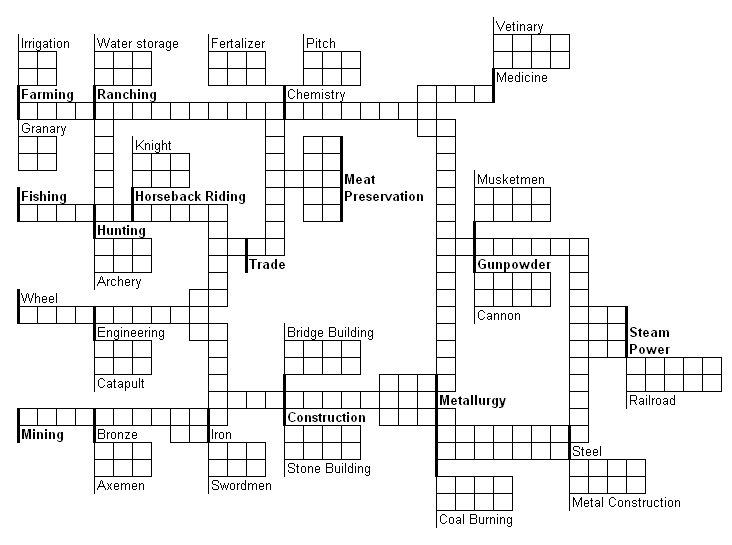Lozenges of echo
An optimisation pass. There’s a large discussion below about building limits, transport connectivity, city centre ranges etc. It is complex. I’m concerned that with buildings flipping ownership as city centres upgrade that tracking ownership boundaries could be needlessly detailed and complex. I really don’t want to introduce border markers or ownership markers. There’s more than enough detail and complexity in the game at that level already to be interesting.
Thus the optimisation pass.
The new model is to just use ranges. A city centre has a range. When it is upgraded its range increases. When a City State has a turn, all buildings within range of its city centres activate. Very simple. Look at the city centre, count outward from there to every building in range: they’re all available even they are also in range of another City State’s city centre. As a side effect city centre upgrades become more interesting. They provide an additional way to control turn order on a micro-level by moving city boundaries and activating buildings more frequently than before. Combined with the new war patterns, this would seem to present some interesting player-driven controls.
Additionally this range model by implication partially resolves an ambiguity around transports and inter-city trade. Just when can a player send a product from one city to another? If only the buildings within range of a city centre are activated, then only those buildings may be used to transmute products. QED. Ergo, an activated building may retrieve an already built product from a remote inactive city to satisfy one of its inputs, but may not send its own products to an inactive building. This model is additionally pleasing as it pushes the consumption choice to post-production versus pre-production. Cleaner, simpler, and more available to borking by other players — what’s not to like?
